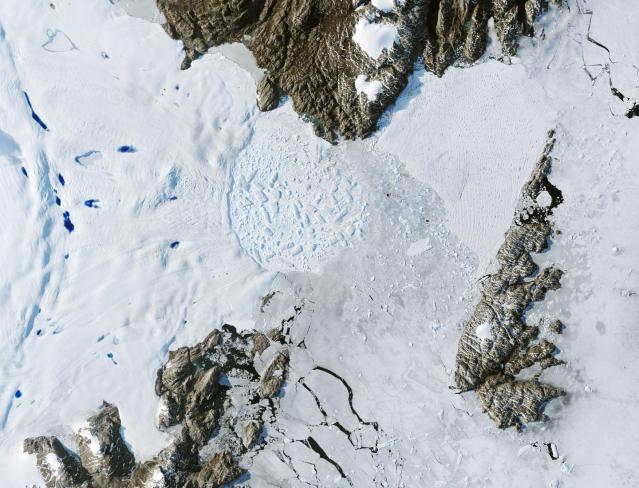Climate impacts is unleashing vanishing glaciers and is changing the Greenlandic landscape beyond recognition – A greener life, a greener world

By Anders Lorenzen
While the world’s media and many world leaders are surprised and shocked by US President Donald Trump’s desire to own Greenland, tension intensifies by the day – climate change is rapidly altering the world’s largest island.
Exposing new vast coastlines
A study carried out by an international team of polar ecologists, geographers, and marine scientists has revealed that over the past twenty years, glacier melt in Greenland has exposed a much-increased coastline, an increase of 1,620 kilometres (km).
Precise measurements
A study published last month in the scientific journal Nature Climate Change compares satellite imagery in the northern hemisphere that tracked receding glaciers from 2000 to 2020.
Using technological advances, the scientists could measure newly exposed coastlines down to the individual glaciers.
Disappearing glaciers
Globally, glaciers are shrinking at a record pace—a trend that only appears to be heading in one direction. The world’s inability to rapidly curb emissions and thereby climate impacts is seen and felt more in Greenland and the Arctic region than almost anywhere else.
Reshaping beyond recognition
This study, in particular, examines how climate change is changing Greenland’s landscape and geography beyond recognition. In total, the researcher uncovered 2,466 km of new coastline, of which the majority—66%—was in Greenland.
Zachariæ Isstrøm
For instance, the melting of the Zachariæ Isstrøm glacier exposed 81 km of coastline, twice as much as any other glacier in the northern hemisphere.
A 2022 study by NASA’s Jet Propulsion Laboratory in Southern California found that the glacier lost an estimated 176 billion tons (160 billion metric tons) of ice between 1985 and 2022, making it one of the world’s most rapidly melting glaciers.
29 new islands discovered in Greenland
The researchers also discovered that melting glaciers and ice flows across the northern hemisphere revealed 35 islands larger than 0.5 square km (km2), which were until recently hidden by ice.
Unclaimed islands
Of those 35 new islands, 29 are found in Greenland. Surprisingly, 13 of those islands have not been picked up by cartographers as they do not appear on any maps, meaning no country has yet claimed them as its territory.
Geopolitical headaches
This could lead to serious new geopolitical tensions, especially since it is estimated that many of the islands hold mineral and other resource riches.
And for Danish, Greenlandic, Nordic and Arctic leaders, a new geopolitical Arctic headache will be the last thing they need.
Anders Lorenzen is the founding Editor of A greener life, a greener world.
Discover more from A greener life, a greener world
Subscribe to get the latest posts sent to your email.







